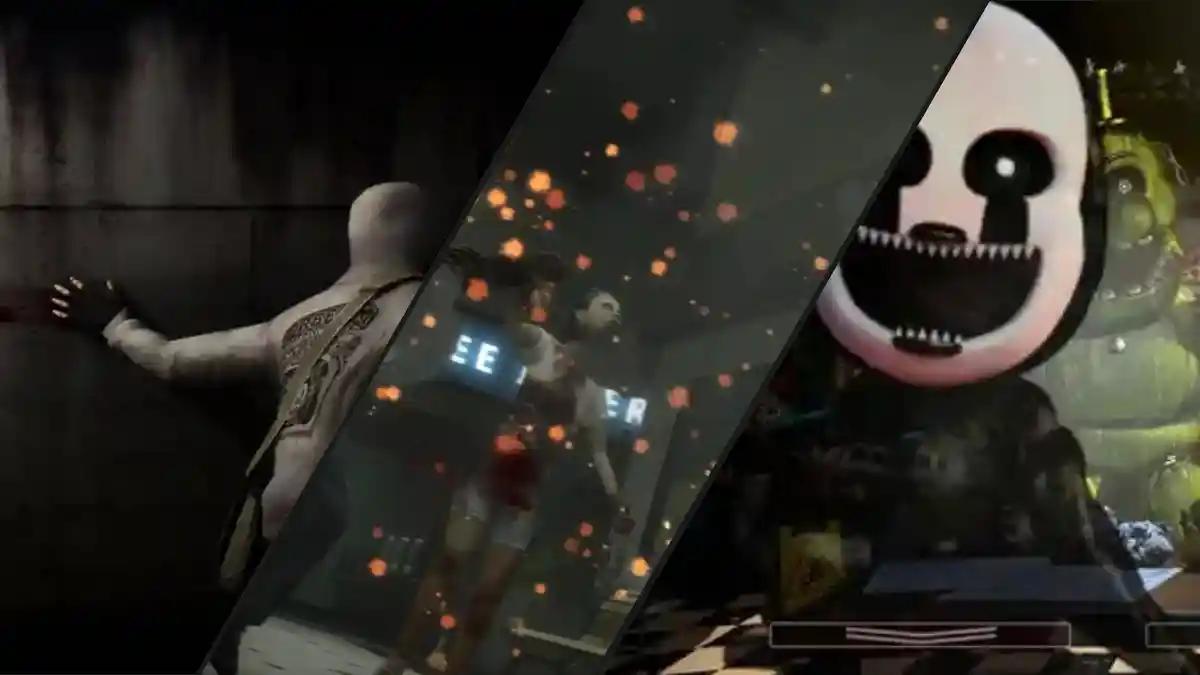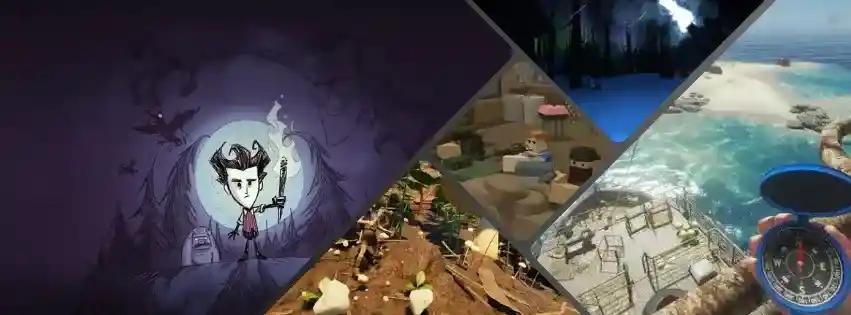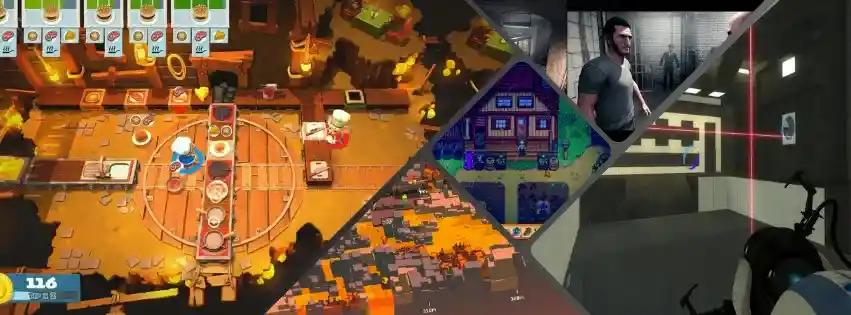Even on a modest PC, the right horror game can make your palms sweat — here are the ones that haunt you long after you shut them down. This guide ranks horror games that run smoothly on low-end PCs or laptops without sacrificing tension or atmosphere. We evaluated each pick using five criteria: low-end compatibility, horror experience quality, replay value, engagement/fun, and accessibility/onboarding.
This article is part of our guide on the Best Low-End PC Games
How We Ranked These Games
We weighted performance on integrated GPUs most heavily, then balanced fear quality and replay appeal, with lighter consideration for approachability. The table shows each criterion, its weight, and why it matters for low-end players.
Criterion | Weight | Why It Matters |
|---|---|---|
Low end compatibility | 40% | Integrated GPU owners need stable 30+ FPS with minimal stutter. |
Horror experience quality | 30% | Atmosphere, sound, and pacing must hold up even at low settings. |
Replay value | 15% | Randomization, modes, or unlocks extend value on modest hardware. |
Engagement fun | 10% | Scares should be supported by satisfying play, not just jump scares. |
Accessibility onboarding | 5% | Clear options, brightness sliders, and readable UIs help low-end screens. |
Related reading: Best Open World Games for Low-End PCs
What do we mean with low-end hardware?
So what exactly do we mean when we say low-end hardware? We have to come up with a baseline somehow. To run the games we chose smoothly, make sure your laptop or pc matches at least the minimum specs:
Component | Minimum Requirement | Recommended |
|---|---|---|
CPU | Intel Core i3 / AMD Ryzen 3 (8th gen or newer) | Intel Core i5 / Ryzen 5 |
RAM | 8GB | 16GB |
Storage | 256GB SSD | 512GB SSD |
Graphics | Integrated (Intel UHD / AMD Vega) | Iris Xe or better |
Display | 1080p resolution | 1080p IPS panel |
OS | Windows 10 or 11 | Windows 11 |
Related reading: Best Multiplayer Games for Low-End PCs
The Top 10 Best Horror Games for Low-End PCs
Below are the top 10, ordered by our weighted scoring and editorial judgment. Each one is confirmed playable on integrated graphics or dated midrange hardware, with notes when extra tweaks help.

World of Horror
“Lovecraftian roguelike with 1-bit visuals runs flawlessly on any PC”
Editors Take
World of Horror is a 1-bit, Junji Ito–inspired roguelike where you investigate small-town mysteries and survive nightmarish encounters. It ranks first because it’s tailor‑made for low-end PCs: tiny install, negligible GPU load, and stable performance on even older Intel UHD chips. The run-based structure and random events keep you replaying without technical friction, and it still builds real dread through sound and pacing. Steam user reports regularly cite 60+ FPS on UHD 620, and the 2023 1.0 release cemented its content depth. If scenes look too dark on budget panels, nudge the in‑game brightness a notch.
Full Details
Game Experience

Resident Evil 4 (2005)
“Revolutionary action-horror masterpiece that runs on anything”
Editors Take
Resident Evil 4 (2005) is a landmark action-horror that keeps pressure high with relentless villagers, tight arenas, and resource management. It lands this high because it runs beautifully on modest laptops and stays scary even when settings are lowered. The 7 GB install is friendly to small SSDs, and Mercenaries plus unlockables add serious replay pull. It’s also easy to recommend to newer players thanks to smart pacing and responsive controls. Steam discussions routinely note smooth play on integrated GPUs. If the village night fights feel too murky on budget screens, raise the in‑game brightness slightly.
Full Details
Game Experience

Five Nights at Freddy's
“Cultural phenomenon point-and-click horror runs on toasters”
Editors Take
Five Nights at Freddy’s is a static-camera survival game about watching doors, lights, and power while animatronics close in. It’s here because it runs on practically anything, has a tiny footprint, and still delivers real edge-of-seat tension. Mastery comes from reading patterns and conserving power, which remains engaging across replays. It’s also accessible to low-end users who want a clear, focused scare loop without fiddly settings. Community reports highlight it working on decade-old laptops without issue. If darker scenes crush on a basic panel, use the in-game brightness for better visibility without breaking the mood.
Full Details
Game Experience
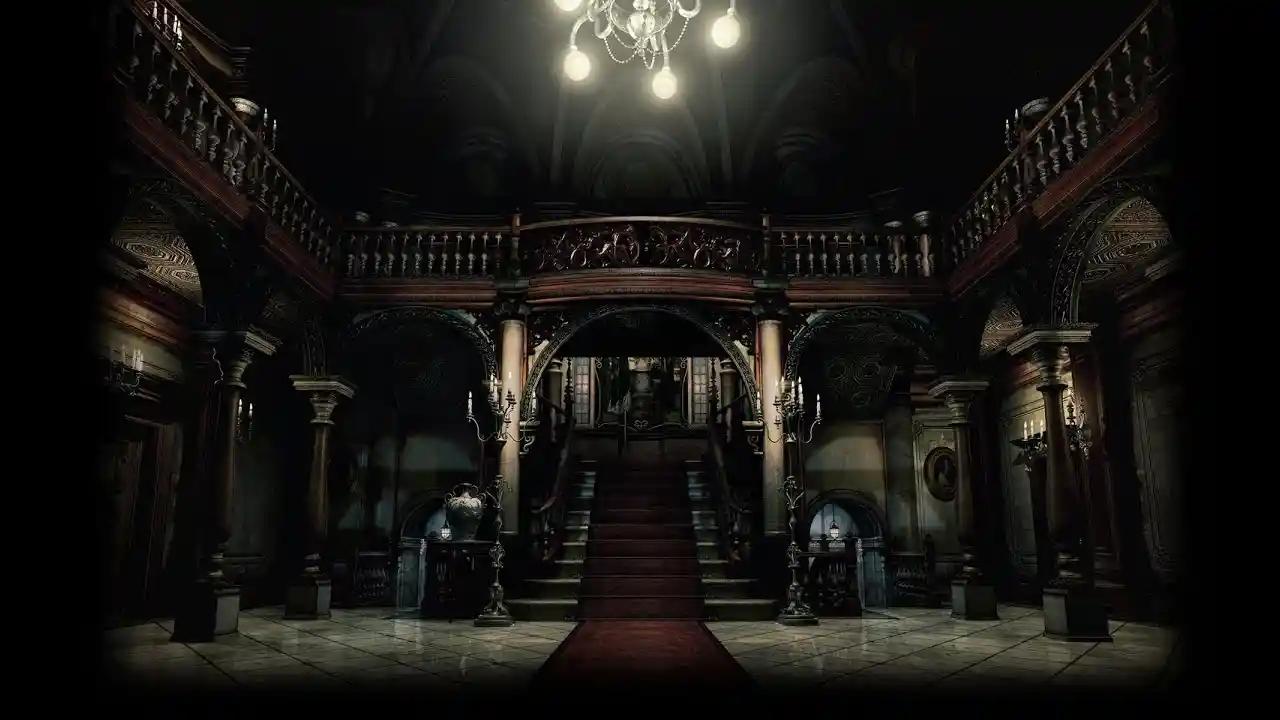
Resident Evil HD Remaster
“Genre-defining mansion horror with tank controls runs great on iGPUs”
Editors Take
Resident Evil HD Remaster modernizes the mansion classic with sharper visuals, steady performance, and tense, resource-driven exploration. It belongs because it’s true survival horror that runs well on integrated graphics, with PCGamingWiki and user tests noting stable 60 FPS at lowered resolutions on UHD 630. Fixed cameras and deliberate pacing hold up even when you drop settings, and multiple endings plus character routes deliver replay hooks. It’s a strong entry point into classic horror design for low-end rigs. If candlelit rooms appear too dim on a budget display, raise gamma slightly to spot pickups without ruining the atmosphere.
Full Details
Game Experience
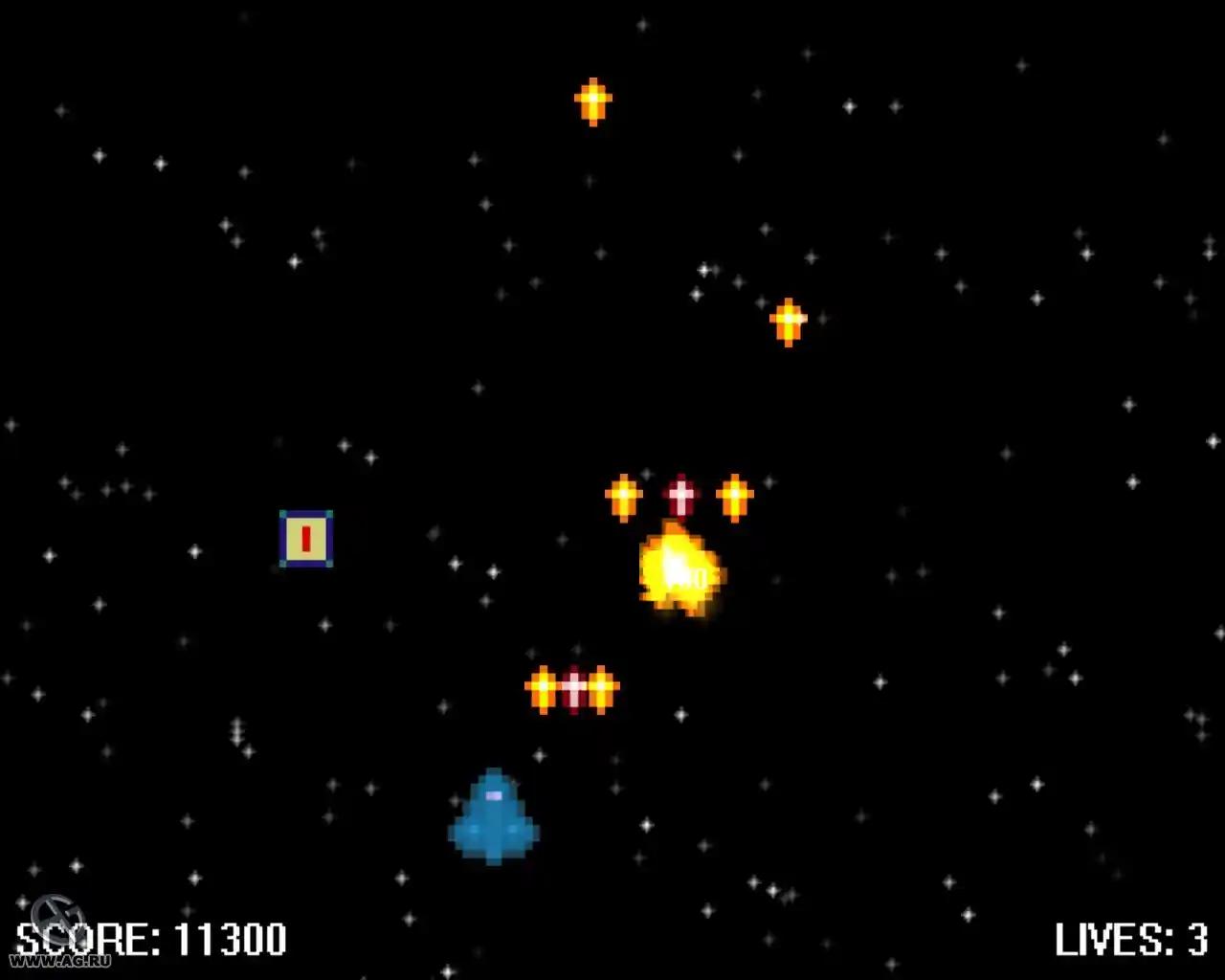
Penumbra: Black Plague
“Amnesia's predecessor delivers physics-based horror on ancient PCs”
Editors Take
Penumbra: Black Plague is a first-person psychological horror with physics-driven puzzles and stealthy monster encounters. It earns its spot for excellent low-end performance and influential design that paved the way for Amnesia. HPL1 runs smoothly on ancient PCs and modern iGPUs, and the slower, tactile interactions still feel unsettling at reduced settings. The story leans on paranoia and limited combat, which keeps tension high without heavy effects. It’s also compact, so it won’t tax storage. If underground areas are hard to read on dim panels, nudge the brightness up one step to avoid missing key items.
Full Details
Game Experience

Amnesia: The Dark Descent
“Genre-defining psychological horror that still runs beautifully on old hardware”
Editors Take
Amnesia: The Dark Descent is a hide-and-seek psychological horror where light is safety and looking at monsters frays your nerves. It’s a must for low-end owners because HPL2 scales cleanly and maintains atmosphere at 720p–900p on integrated graphics. Community benchmarks often cite 45–60 FPS on UHD 630 at lowered settings. The sound design and pacing carry fear without relying on high-end effects, and the campaign remains a landmark for environmental storytelling. If early areas feel too dark on an older display, adjust gamma and use candles to reduce eye strain while keeping the dread intact.
Full Details
Game Experience
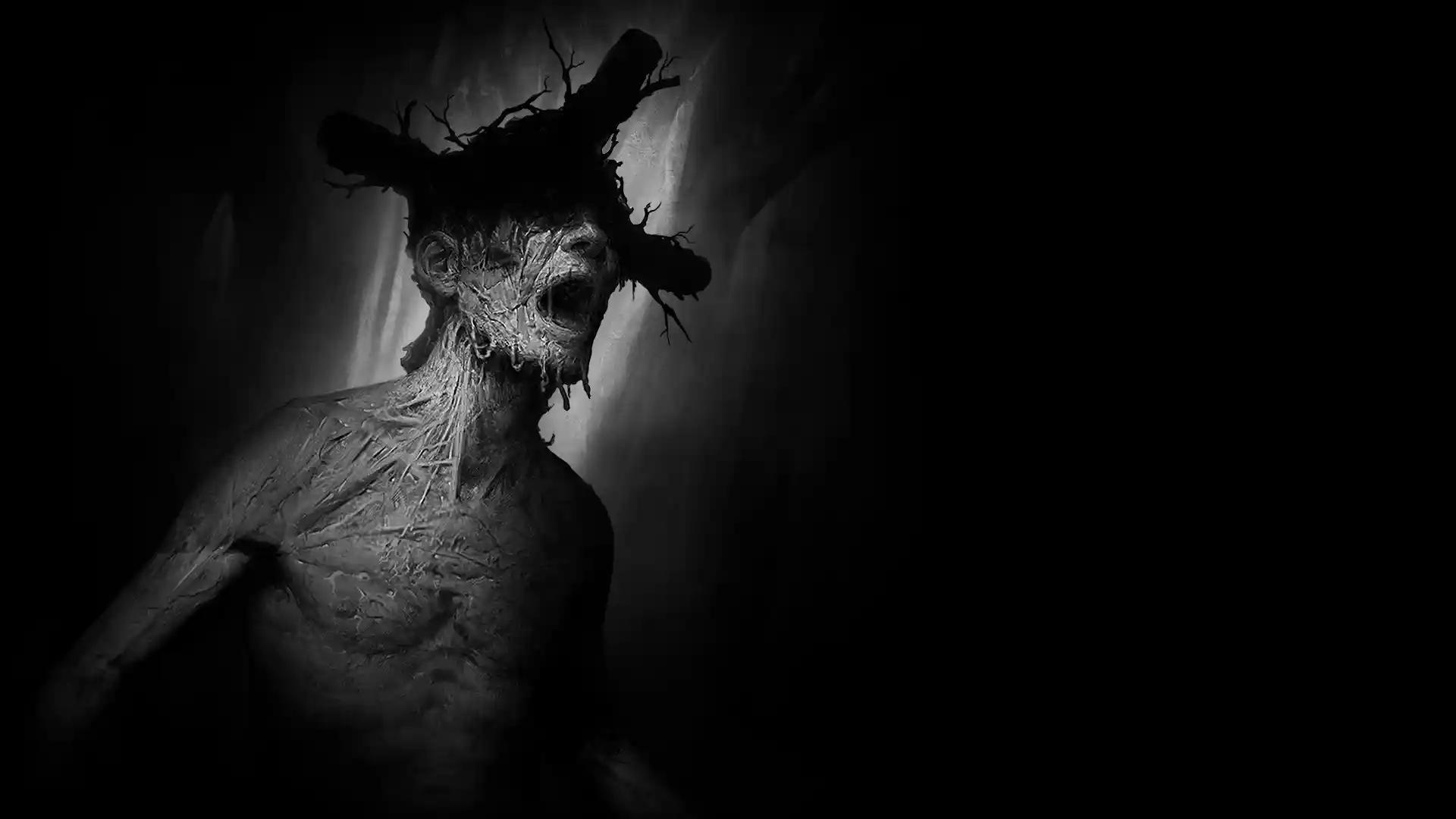
Darkwood
“Top-down Polish horror masterpiece runs on ancient hardware”
Editors Take
Darkwood is a top-down survival horror about day-time scavenging and night-time defense in a twisted forest. It stands out for offering relentless atmosphere on very modest hardware, with reports of 60 FPS even on older Intel HD 4000 chips. The view cone, sound cues, and base defense keep tension high without flashy effects, and its open structure encourages replays and experimentation. It also adds perspective variety to this list. If nights look too inky on a budget monitor, raise brightness a tick or use the in‑game gamma to help read silhouettes without defusing the fear.
Full Details
Game Experience
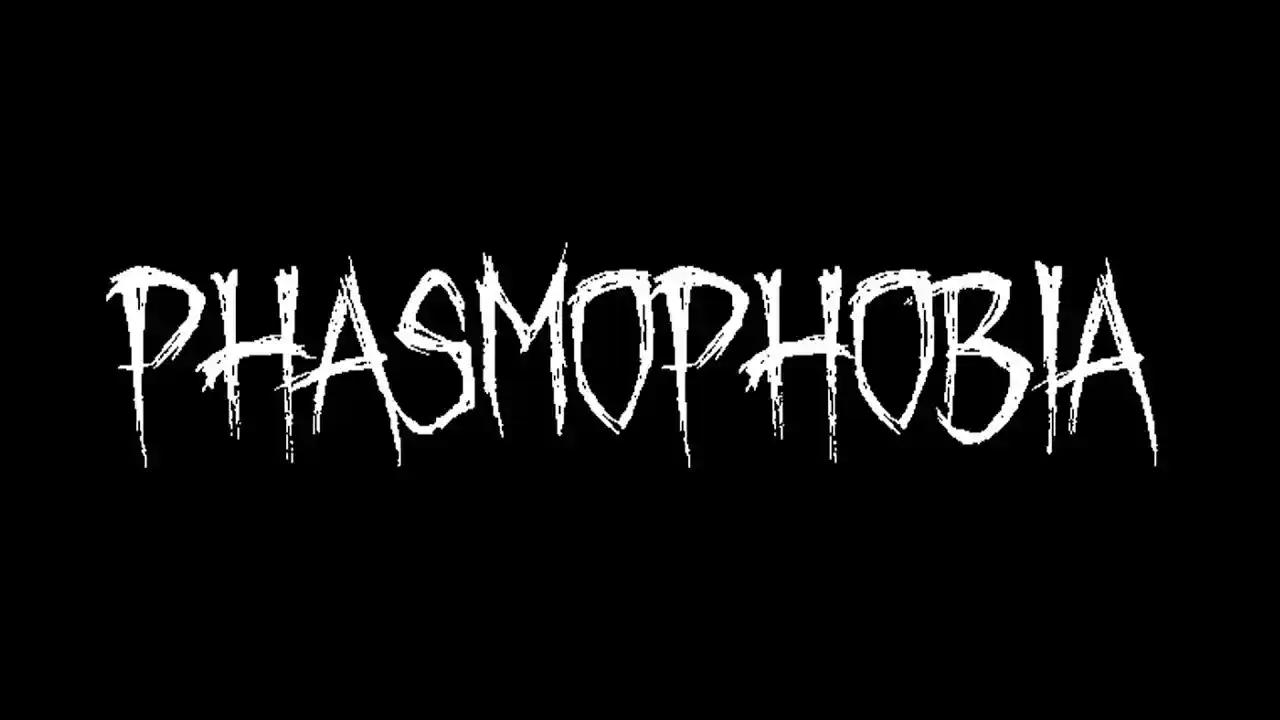
Phasmophobia
“Co-op ghost investigation with procedural scares—horror first”
Editors Take
Phasmophobia is a co-op ghost investigation where tools, voice, and teamwork uncover what haunts a location. It’s included as a modern, horror‑first multiplayer pick with strong replayability from procedural contracts. On low-end PCs, Iris Xe or better can manage 720p/low with sensible tweaks; UHD 620 may struggle, so expect concessions. Despite that, it keeps fear front and center, unlike comedy‑leaning alternatives. Reports cite 40–55 FPS on Iris Xe at 720p/low, with stutters on weaker iGPUs. Use the in‑game brightness if flashlight cone falloff feels harsh on dim panels, and keep overlays disabled to reduce hiccups.
Full Details
Game Experience
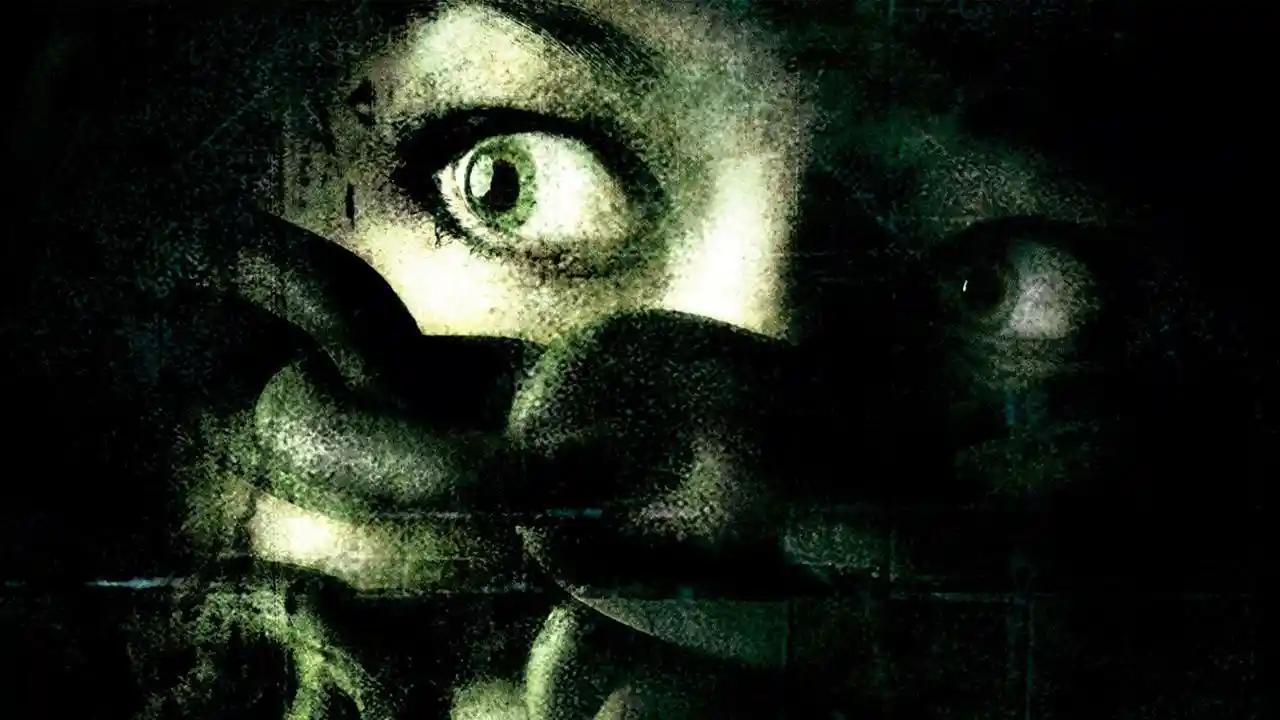
Condemned: Criminal Origins
“Brutal first-person melee horror in decaying urban hellscape”
Editors Take
Condemned: Criminal Origins is a first-person melee horror with forensic sequences set in a rotting urban sprawl. It’s here because it still feels uniquely brutal and atmospheric while running effortlessly on modern integrated graphics. The lighting and audio hold tension even at reduced settings, and the combat’s weight gives every encounter teeth. Community notes point to smooth 60 FPS on low-end rigs, and the 5 GB footprint is friendly. If certain alleys read too dark on an inexpensive display, modestly raise brightness in options to keep navigation clear without flattening the mood.
Full Details
Game Experience
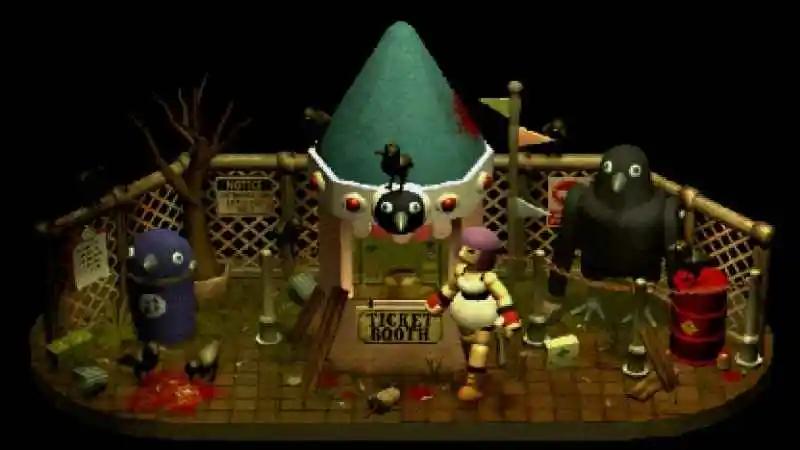
Crow Country
“PS1-styled survival horror with puzzles runs flawlessly on any hardware”
Editors Take
Crow Country is a PS1-styled survival horror with fixed angles, puzzles, and exploration. It closes our top ten as a fresh 2024 entry that stays faithful to classic design yet runs flawlessly on low-end machines thanks to stylized visuals and a tiny install. The atmosphere reads well even at low settings, and the optional puzzle focus makes it approachable for players who want tension without constant chase sequences. Users report stable 60 FPS on UHD 620. If your panel crushes blacks, raise brightness slightly to read clues and item prompts without losing the retro vibe.
Full Details
Game Experience
Related reading: Best Strategy Games for Low-End PCs
Honorable Mentions
These games narrowly missed the top ten due to minor setup friction, slightly tighter performance on very weak iGPUs, or shorter length. They’re still excellent options for low-end players.
Signalis
Signalis is a retro-futuristic survival horror with tight inventory limits, striking art, and a slow-burn cosmic mystery. It excels at tone and classic survival loops while remaining friendly to integrated graphics, with players reporting 60 FPS at lower settings. It narrowly missed the top ten because competition at the top is fierce and several entries run even more reliably on very weak hardware. Still, it’s a modern standout with clean UI, a crisp CRT filter, and smart puzzles. If darker corridors feel muddy, slightly increase brightness; the aesthetic holds up without heavy effects.
Silent Hill 2 (2001)
Silent Hill 2 (PC, Enhanced Edition) remains the benchmark for psychological horror, with fog-choked streets and a devastating story. On low-end PCs, the old port is lightweight, but stable modern play typically relies on the Enhanced Edition community fixes. That required setup and troubleshooting is the only reason it sits outside the top ten under our mod-dependency guardrail. Once configured, it runs well on integrated GPUs and preserves the mood with improved widescreen and stability. Plan a short setup window and follow community instructions. It remains essential horror if you’re comfortable installing a mod pack.
The Mortuary Assistant
The Mortuary Assistant is a first-person embalming sim wrapped in procedural hauntings and demonic events. It’s here for strong replayability and standout scares in a compact space, and it scales decently on modern iGPUs. However, UHD 620 users commonly report stutters during possession set pieces, so we recommend Iris Xe or careful tweaks. Lower shadows, cap at 30–45 FPS, and raise brightness if hallway contrast becomes fatiguing. When performance lines up, its unpredictability and multiple endings make repeated shifts compelling. It narrowly misses the top ten due to inconsistent performance on older integrated graphics.
Iron Lung
Iron Lung is a one-hour claustrophobic dive in a rusty submarine where you navigate by instruments and imagination. It runs on practically any PC and sustains dread without visual spectacle, which fits our low-end focus well. The tradeoff is length and minimal interactivity compared to longer campaigns, so it lands as an honorable mention rather than a core pick. If your display is dim, nudge gamma so instrument text reads cleanly. For players who want a potent, experimental dose of terror that won’t stress older laptops, this is a sharp, memorable session.
Outlast
Outlast sends you into a pitch-black asylum with only a camcorder and your nerves. UE3 scales sensibly to low-end PCs—community benchmarks often show 40–60 FPS at 720p/low on UHD chips—and the stealth loop remains intense. It sits just outside the top ten because replay incentives are thin next to our higher-ranked picks, and the extreme darkness can be tough on cheap panels. Raise in‑game gamma a notch and limit post-processing for a clearer image. If you want pure fear that still cooperates with dated hardware, Outlast delivers exactly that.
Related reading: Best Offline Games for Low-End PCs
Frequently Asked Questions
Here are quick answers to common questions about performance, settings, and playability on low-end PCs.
Can integrated graphics really handle these games?
Yes. Most picks are older titles or stylized indies with small installs and scalable settings. For best results, start at 720p–900p with low or medium presets, cap to 30–45 FPS to stabilize frame pacing, and disable overlays. Games like World of Horror, FNAF, Darkwood, and Crow Country run smoothly on Intel UHD/Iris Xe and AMD Vega iGPUs.
How do I reduce stutter or shader hiccups on weak CPUs?
Use exclusive fullscreen, cap FPS to 30–45, lower texture resolution to avoid VRAM spikes, and turn off motion blur, depth of field, and screen-space reflections. Close launchers and background updaters. If a game offers shader precompilation, let it finish before playing. Unity titles often benefit from disabling V-Sync and setting a manual FPS cap.
What brightness or gamma tweaks help on budget displays?
Many low-end panels crush blacks. In very dark games (Outlast, Darkwood, Amnesia), raise in-game brightness or gamma one step above default. Keep contrast moderate to avoid gray washout. If the game includes a calibration screen, set it so the faint logo is barely visible. Avoid boosting your monitor’s global setting too high; use in-game sliders first.
Will 8GB of RAM be enough?
For this list, yes. Keep a few gigabytes free by closing browsers and overlays, install to an SSD, and allow Windows to manage a pagefile. Our selections avoid heavy installs and background updates, and older engines like HPL and MT Framework are forgiving on memory bandwidth.
Is a controller better than mouse and keyboard for horror?
It depends. Fixed-camera or third-person survival horror (Resident Evil HD, Crow Country, RE4) feels great on a controller. Mouse and keyboard shine in first-person exploration and precision interactions (Amnesia, Penumbra, FNAF). For Phasmophobia, use a mic for proximity chat and evidence calls—voice is part of the design.
Conclusion
These selections focus on games that preserve fear and tension without demanding a high-end GPU. Whether you want classic survival horror, procedural investigations, or moody indies, everything here is confirmed playable on low-end hardware with sensible settings. Start with resolution and brightness tweaks, cap your frame rate for stability, and choose games with the pacing you enjoy. Ready for more tailored picks? Try our Recommendations Engine for suggestions that match your play style.

